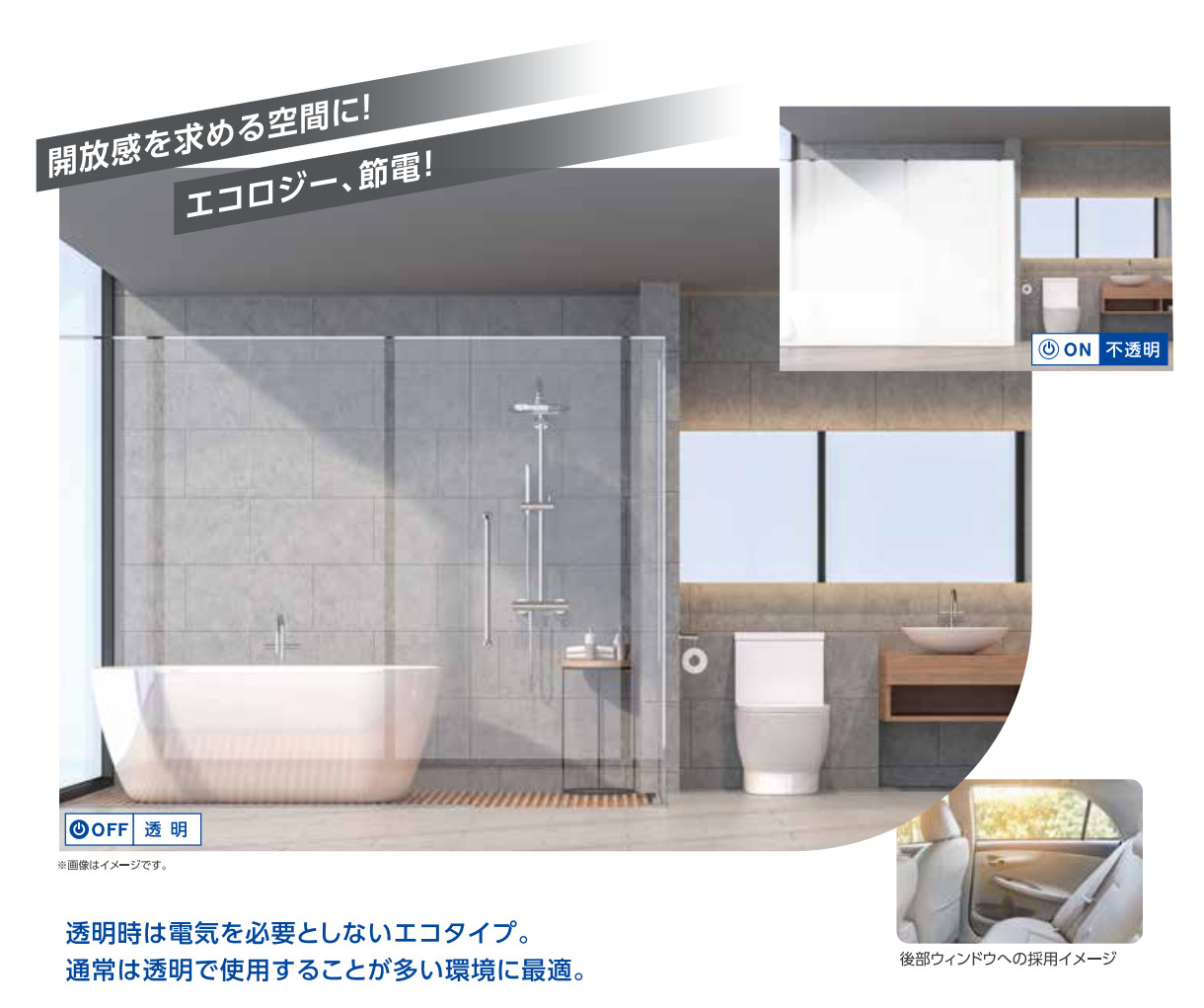The Future of Smart Film and Smart Glass in China's Architectural Landscape
Release time:
2025-03-05
smart film and smart glass represent a significant evolution in building materials within the architectural landscape of China.
In recent years, the architectural and building materials industry in China has seen remarkable advancements, particularly in the realm of smart film and smart glass technologies. These innovative materials are revolutionizing the way buildings are designed and operated, offering solutions that promote energy efficiency, comfort, and cutting-edge aesthetics.
Smart film, often referred to as switchable film, is a thin layer that can be applied to existing glass surfaces. This technology allows users to change the transparency of the glass with the flip of a switch, transforming it from clear to opaque. This feature is especially beneficial in residential and commercial spaces where privacy is paramount. By controlling visibility, smart film can create flexible environments, allowing for open spaces during the day and private settings when needed. Additionally, smart film can contribute to energy savings by reducing heat gain during hot months and providing insulation during colder seasons.

On the other hand, smart glass incorporates advanced technologies directly into the glass itself. It often utilizes electrochromic or thermochromic properties, enabling the glass to change its tint based on environmental conditions or user preferences. This adaptability not only enhances user comfort by minimizing glare but also reduces the need for artificial lighting, thus improving energy efficiency in buildings. In a country like China, where rapid urbanization is leading to increased energy demands, the adoption of smart glass can significantly contribute to sustainable architectural practices.
Both smart film and smart glass are increasingly being integrated into various building applications, from residential homes to commercial offices and public spaces. The architectural flexibility offered by these materials allows designers to experiment with expansive glass facades while maintaining control over internal environmental conditions. Furthermore, they can play a crucial role in enhancing the aesthetic appeal of buildings, as they can be incorporated into modern designs that prioritize natural light and visual connectivity with the outdoors.
As the construction industry in China continues to innovate, the demand for smart film and smart glass is expected to rise. Architects, builders, and property developers are recognizing the immense potential these materials hold for creating energy-efficient, aesthetically pleasing, and functional spaces. By integrating smart technologies into building designs, the industry is not only meeting the needs of modern occupants but also responding to global sustainability goals.
In conclusion, smart film and smart glass represent a significant evolution in building materials within the architectural landscape of China. Their ability to enhance energy efficiency, provide privacy, and elevate aesthetic quality makes them valuable assets in contemporary construction practices. As this technology continues to mature, it will likely play a pivotal role in shaping the future of architecture in China and beyond.
Recommend
Share to






